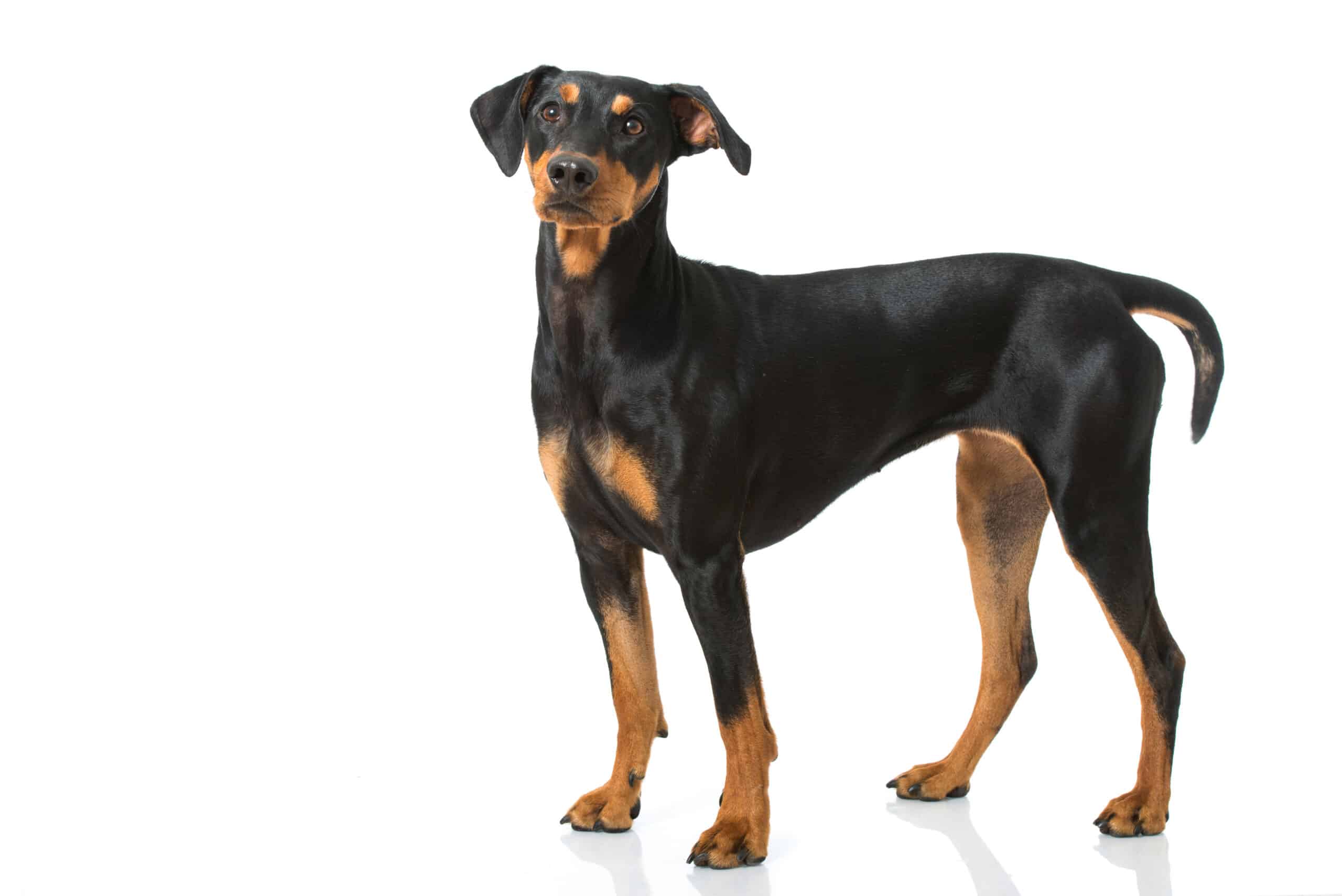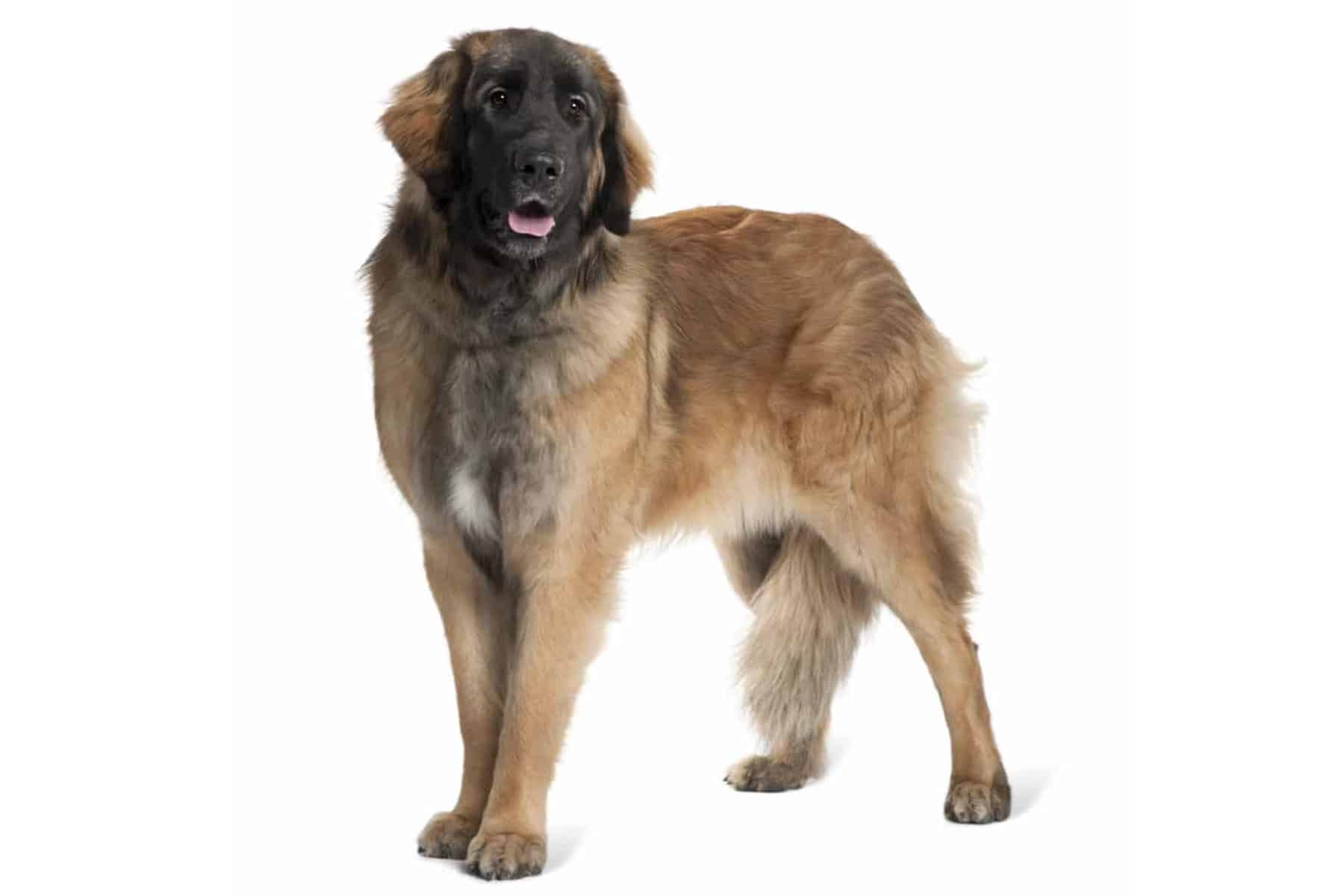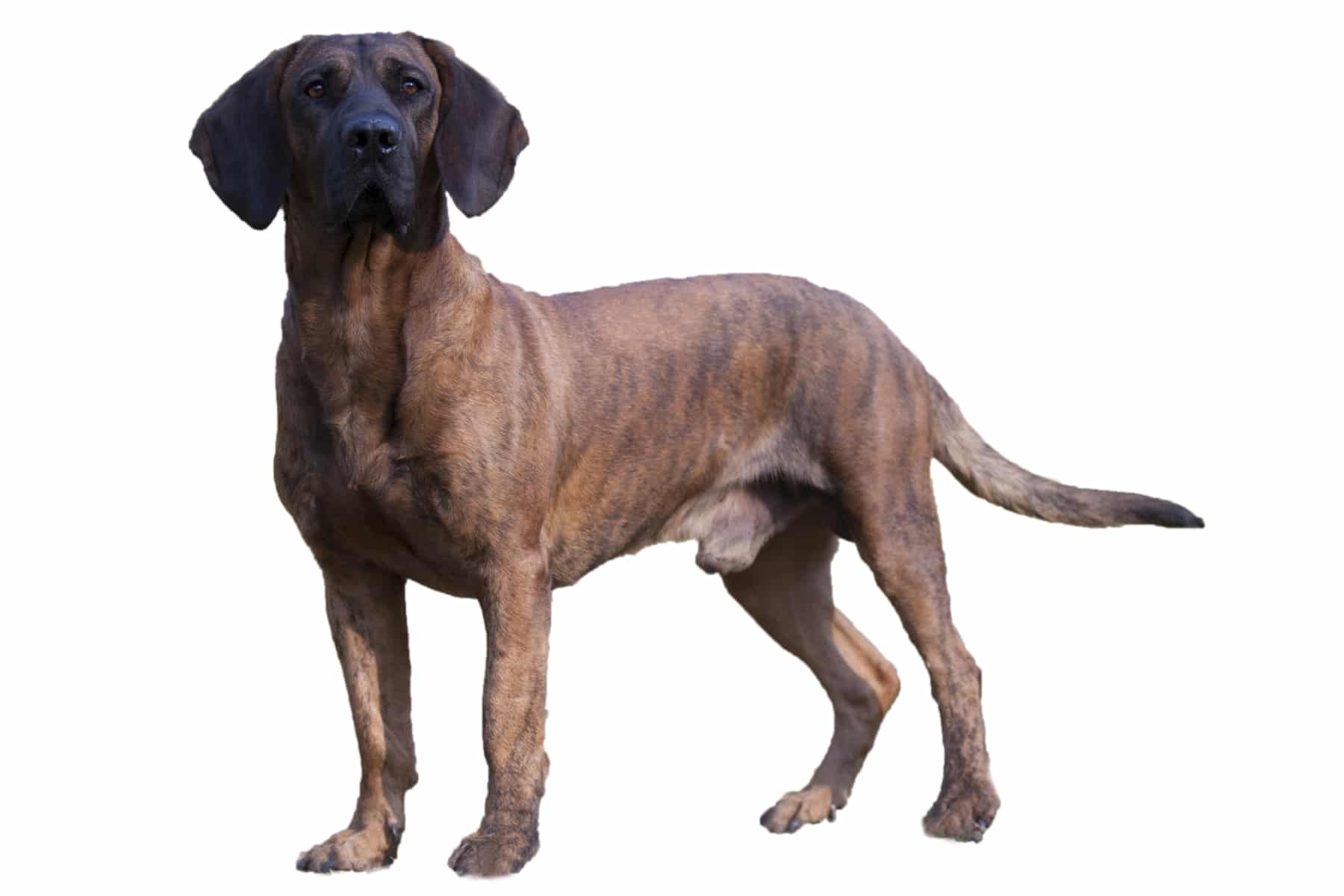Landseer
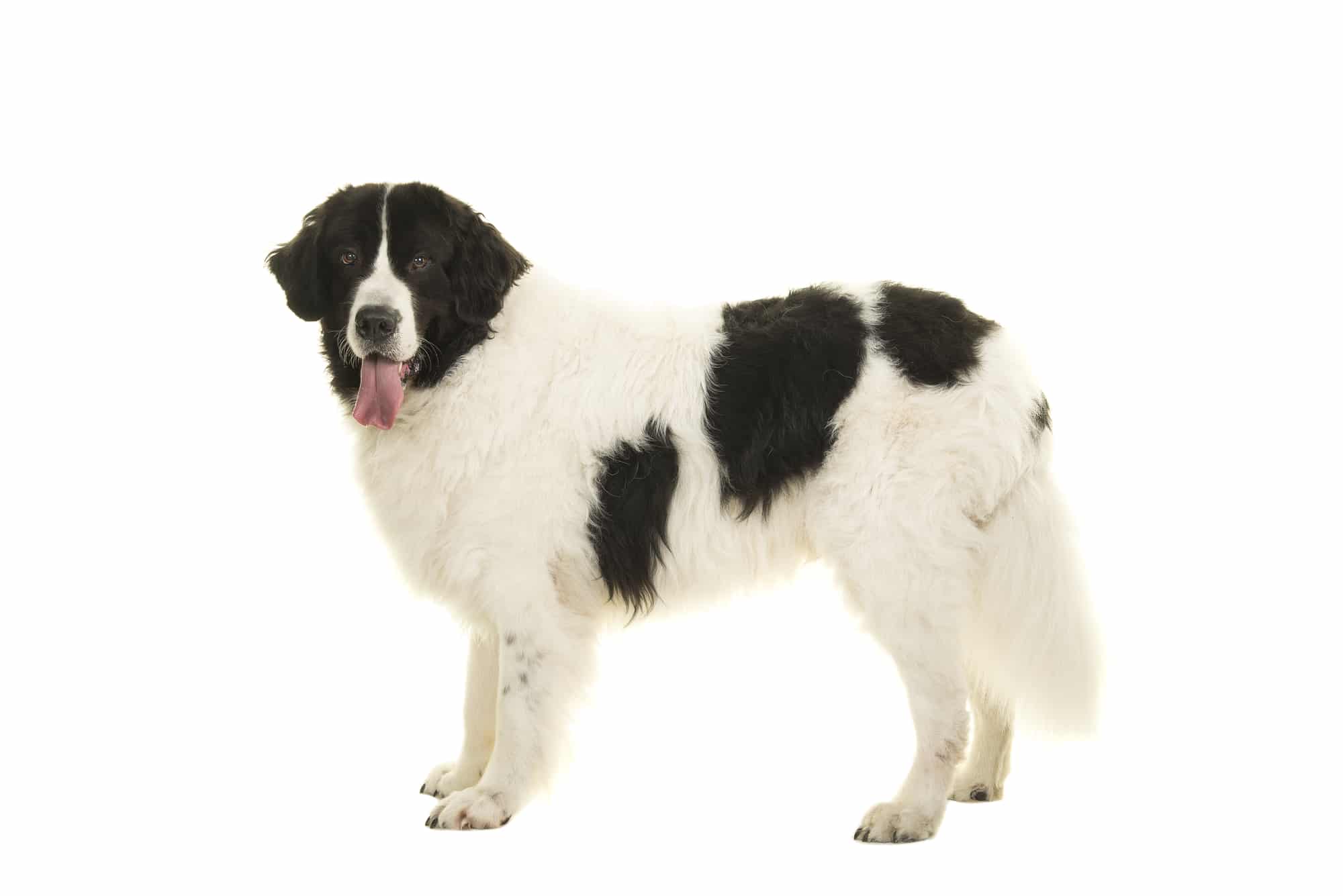
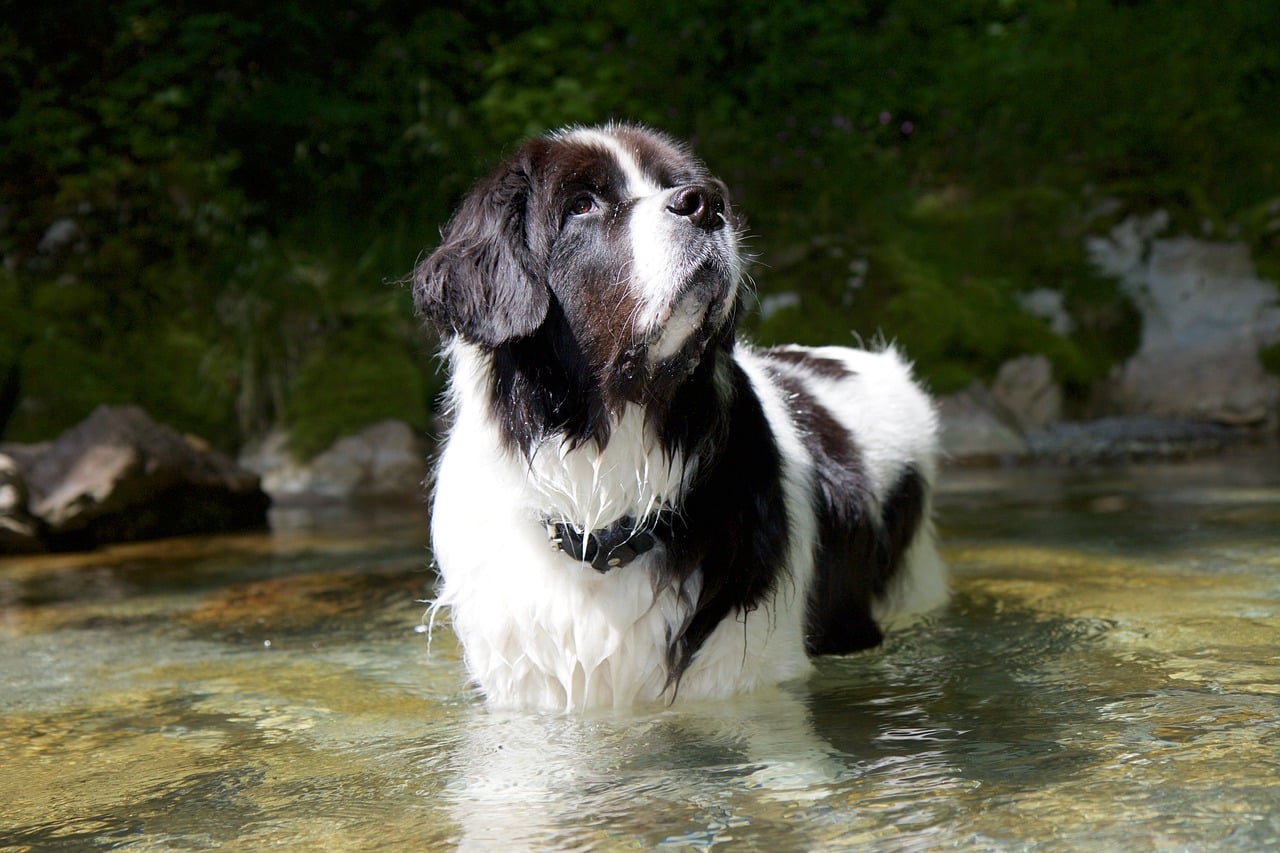
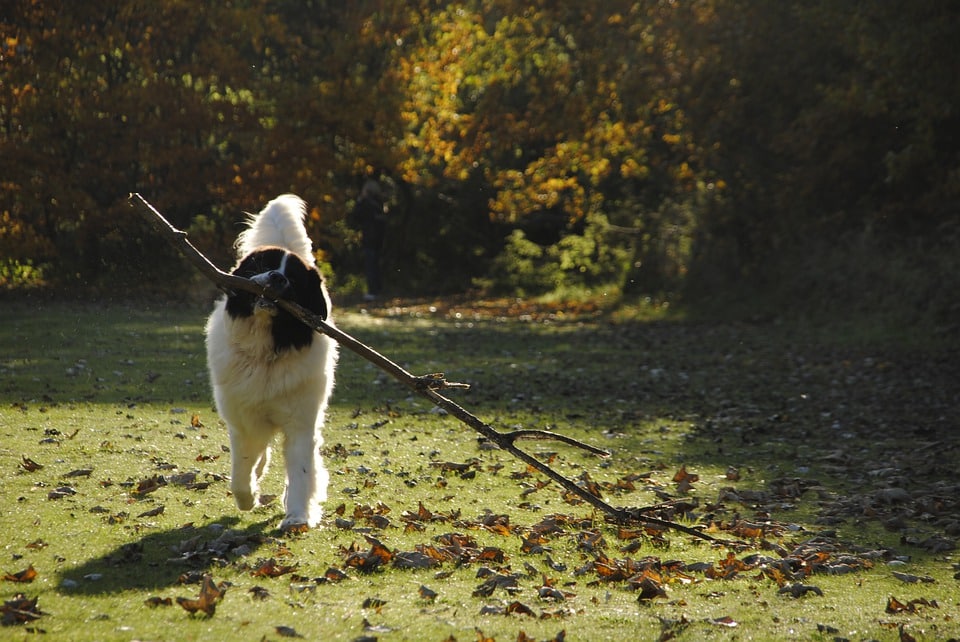
Temperament:
Despite its size, the Landseer is a calm and people-oriented four-legged friend. Its high intelligence makes it the ideal rescue and therapy dog. He loves his family very much and is wary of strangers.
Characteristics
It is no coincidence that the Landseer belongs to the Molosser family. Its muscular body reaches a shoulder height of 80 cm with a weight of 75 kg. No wonder this powerful dog belongs in the countryside rather than in the city. Under no circumstances should it be kept in a kennel! Sufficient exercise is an absolute must if you want to keep your Landseer happy.
He loves the water more than anything and is an excellent swimmer. The webbed feet between his toes are proof of this!
Its coat is long and dense. The top coat is interspersed with a lot of undercoat and offers good protection against wetness. The bushy tail reaches up to the hock. Its markings are also striking. In contrast to its ancestor, the Newfoundland, the Landseer is only bred in one color.
The basic color is white. Black patches cover the body, while only a white blaze is permitted as a breeding standard on the face. Overall, he appears larger and more agile than his ancestors. This is also reflected in its more delicate head and longer muzzle. The life expectancy of this robust companion is around 10 years.
Its respectable appearance makes it ideal as a guard dog. While he is very devoted to his humans, he is rather reserved towards strangers. His character is characterized above all by his docility. He is able to make decisions independently. This makes him a real lifesaver! As a water rescue dog, it is used to save drowning people. The Landseer is also often used as a therapy dog.
If you want to keep the Landseer as a family dog, loving but consistent training is necessary. This should begin as early as puppyhood. These little rascals are surprisingly spirited and are not easily subordinated.
The Landseer loves to have a job to do. If you let him carry your shopping home or play search games with him, you will feel his joy! These gentle giants also thrive in dog sports.
All in all, the Landseer radiates a majestic calm. Its outer size is also reflected in its inner values. As a large dog, it does not feel the need to bark or display nervous behavior. With a Landseer as a companion or family dog, you get a reliable companion and loyal protector - provided you meet its requirements.
Coat care:
Shedding:
Energy level:
Trainability:
Children suitable:
The right food
When choosing food, make sure that it contains high-quality ingredients, is balanced and meets your dog's requirements. Age, size or weight, activity and health status play an important role. You should follow the manufacturer's recommendations for the amount of food.
Treats should only be fed in moderation and deducted from the basic diet to avoid obesity.
Puppies can be fed 4-6 times a day. The number of meals should be gradually reduced to 2 per day until the dog is fully grown. A rest period should be observed after meals to avoid the risk of gastric torsion.
Fresh drinking water should be available at all times.
Health & Care
The care requirements for the Landseer are manageable. It does not differ significantly from that of other dogs. Only the coat needs a little more care.
You should brush your Landseer at least twice a week. Otherwise the coat will become matted very quickly. It's best to start at the head and slowly work your way to the tail. During the shedding period, you can use a brush every day. Clipping or trimming should only be done in exceptional situations.
Specialized groomers and hairdressers can give you good advice on grooming. Avoid artificial dog shampoos or soaps. These disrupt the water-repellent function of the coat. Plain water is completely sufficient for most soiling. Since the Landseer is a water rat anyway, it's best to send him swimming in the nearest stream.
Your Landseer's teeth should be checked regularly. Hygiene in the form of regular tooth brushing is also recommended for large dogs. It is best to get him used to it as a puppy. Please do not use ordinary toothpaste. This can contain harmful substances. Dog toothpaste has a meaty taste and is guaranteed to be well tolerated. It also supports the natural protective mechanisms of the oral cavity and ensures better breath.
Also make sure that the teeth are sufficiently worn down. Natural chews that you can use for this include dried tendons and beef head pieces. These are preferable to cereal-based dental care snacks.
Suitable accessories
A good brush is an essential part of grooming your Landseer. It should not be too hard so as not to damage the undercoat. Special coat detanglers can save some matted areas from being clipped.
Sufficient natural chewing material should also be provided. A toothbrush and toothpaste especially for dogs should also be available.
Other accessories that are part of every dog's basic equipment: collar and lead, dog basket or dog mat as a retreat, water and food bowl, tick tweezers, claw clippers, transport box for transportation in the car and a first aid kit. It's best to ask your vet what should be in the first aid kit.
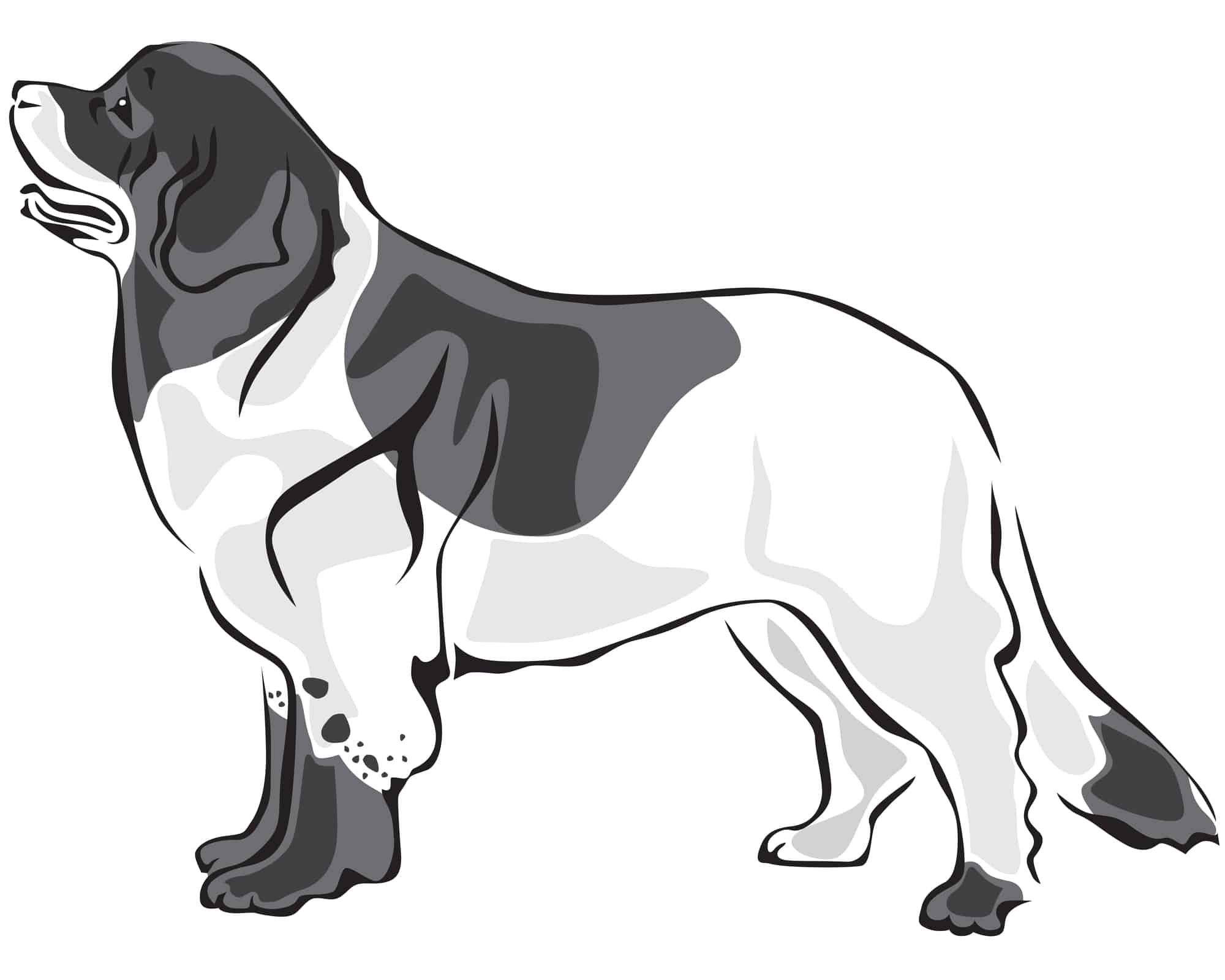
Origin & History
The ancestor of the Landseer is the Newfoundland. It originated on the east coast of Canada. The island of Newfoundland off the coast gave it its name. The robust dogs were used by British fishermen as draught and pack animals. They quickly proved to be reliable working dogs in the harsh northern climate. It was during this demanding work that they developed their special character, which still characterizes them today.
Their reputation preceded them far and wide. British fishermen eventually brought them to England. The nobility also took a liking to the breed, but increasingly preferred pure black or brown animals. The poet Lord Byron memorialized his Newfoundland by having a poem carved on his gravestone.
At the beginning of the 20th century, the black and white color threatened to disappear completely. Cynologists from Germany and Switzerland therefore began to develop their own breed. They brought the last animals suitable for breeding from England and began pure breeding. As the black coat color was dominantly inherited, they initially used Kuvasz and Pyrenean Mountain Dogs to preserve the white base color.
Through crossbreeding, it was possible to keep the pattern stable. In 1960, they were officially recognized by the Fédération Cynologique Internationale. The first German breeding club was founded in 1976. The new dog breed was named after the famous animal painter Erwin Landseer. He was considered a lover of the black and white colors and had immortalized his own animals in oil paintings.
